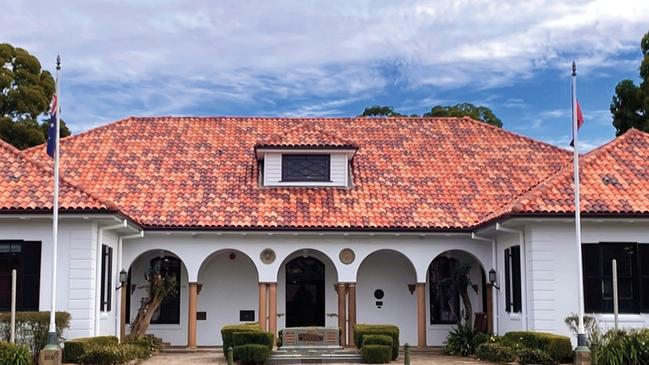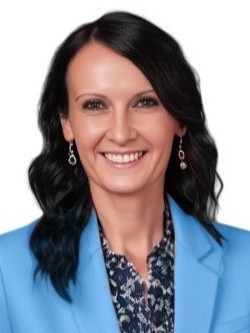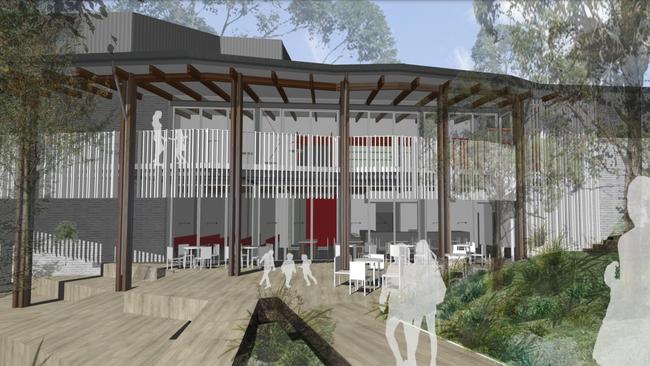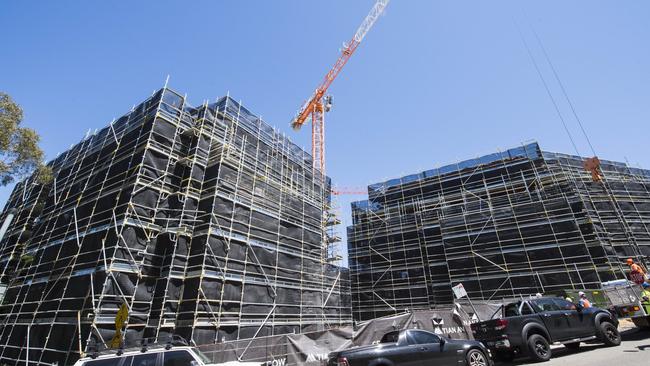Ku-ring-gai Council: 26 per cent rate rise proposal could see average households rates soar above $2000 per year
Another Sydney council is considering a double-digit rate hike in a move that could see average households fork out an extra $500 on their rates bill per year.
Central Sydney
Don't miss out on the headlines from Central Sydney. Followed categories will be added to My News.
Ku-ring-gai is the latest Sydney council to consider a double-digit rate hike in a move that could see average households in the region fork out an extra $500 on their rates bill per year.
A long-term financial plan released by the council has revealed a proposal to rake in $25.8m in extra annual revenue by applying for a rate rise up to 26 per cent from the 2026/27 financial year.
The report comes weeks after the council made headlines for sending councillors on a $20k retreat in the Blue Mountains to discuss the rate rise process.
The council has warned the increase is needed to pay for essential services and infrastructure to meet its growing population which it says is coming under significant pressure from the NSW Government’s planning and housing reforms.
The same financial plan shows the council’s spending on infrastructure from next year includes a $926,000 upgrade to the council’s chamber buildings.

Ku-ring-gai ratepayers already pay some of the highest residential rates in Sydney with the average household forking out $1539 per year – about $200 higher than the Sydney-wide average.
Ku-ring-gai Mayor Christine Kay said additional funding would help upgrade ageing council infrastructure such as storm water drainage, community buildings and footpaths.
“The council is already facing a large infrastructure backlog and the risks are that the backlog will continue to increase and key infrastructure assets will continue to deteriorate,” she said.
“Cost shifting from the state government, rising costs and the current rates cap means the council must explore the option of alternative funding.”
Ms Kay rejected suggestions the Blue Mountains retreat risked undermining the council’s messaging surrounding the need for a rate rise.


“The workshop was held to consider several issues facing the council such as the need for additional income and the expected pressures on services coming from the housing targets set by the NSW Government,” she said.
“It was important for councillors and senior staff to come together as a team to work through the issues and where they would not be interrupted by normal routines.”
The council’s financial plan has outlined two options for a rate rise – a 19 per cent and 26 per cent increase.
The impact of a 19 per cent rise would cost the average ratepayer an extra $372 per year while the impact of a 26 per cent increase would see average households pay an extra $554.
The 26 per cent increase would be primarily bankrolled into “infrastructure renewal” projects, loan repayments and would also revive a long-term plan to rebuild the Marian Street Theatre after the performing space closed its doors in 2013 due to structural concerns.
The project would require the council entering into a $30m loan to cover construction and operational costs.

The decision on whether to proceed with the rate rise will be subject to a majority vote of councillors with the proposed then placed on public exhibition for community feedback.
The council would then have the option of formally applying to the Independent Pricing and Regulatory Tribunal to have the rate rise approved.
The council has stressed the consideration of the rate rise was in its infancy and would be subject to comprehensive and targeted community consultation.

If neither rate rise option is ultimately supported by councillors, the council could keep rates on hold in line with rate pegging – meaning the standard rate rise of around three per cent would apply in line with expected inflation.
This year, six NSW councils applied for a rate rise including North Sydney Council which wants to jack up residential rates by 87 per cent over two years.
A final decision on the applications is due to be handed down in May/June.
Ku-ring-gai’s plans come after a parliamentary inquiry into local councils outlined the significant financial challenges facing the local government sector, largely driven by rising inflation, increased community expectations and “cost shifting” from the NSW Government.
The inquiry has made multiple recommendations to the NSW Government including allowing local governments “greater flexibility to set their own rates”.
The NSW Government has yet to formally respond to the recommendations.





